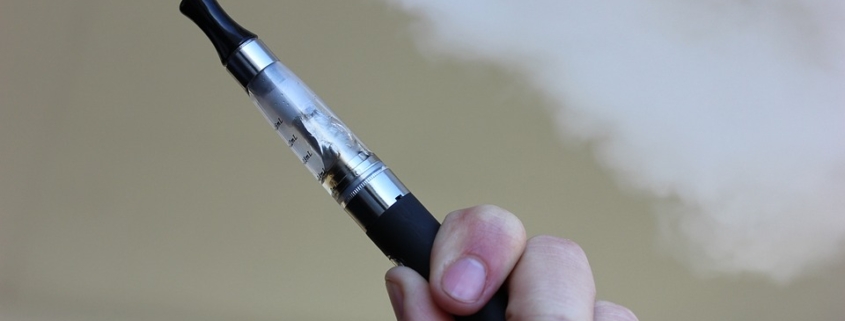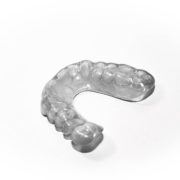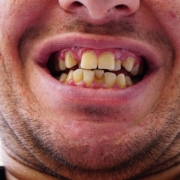Vaping and Cavities – What you need to know
A vaping habit could end up leading to a tarnished smile, and more frequent visits to the dentist.
Research from Tufts University School of Dental Medicine found patients who used vaping devices have a higher risk of developing cavities. With CDC surveys reporting that 9.1 million American adults — and 2 million teenagers — use tobacco-based vaping products, that means a lot of vulnerable teeth.
The association between vaping and risk of cavities serve as an alert that this once seemingly harmless habit may be very detrimental.
Over the last few years, public awareness has increased about the dangers of vaping to health, particularly after the use of vaping devices was tied to lung disease. Some dental research has shown ties between e-cigarette use and increased markers for gum disease, and, separately, damage to the tooth’s enamel. But relatively little emphasis has been placed on the intersection between e-cigarette use and oral health, even by dentists.
The recent findings of the research may be just a hint of the damage vaping causes to the mouth. “The extent of the effects on dental health, specifically on dental decay, are still relatively unknown,” lead researcher, Karina Irusa says.
This study, Irusa says, is the first known specifically to investigate the association of vaping and e-cigarettes with the increased risk for getting cavities. She and her colleagues analyzed data from more than 13,000 patients older than 16 who were treated at Tufts dental clinics from 2019-2022.
While the vast majority of the patients said they did not use vapes, there was a statistically significant difference in dental caries risk levels between the e-cigarette/vaping group and the control group. Some 79% of the vaping patients were categorized as having high-caries risk, compared to just about 60% of the control group.
One reason why e-cigarette use could contribute to a high risk of cavities is the sugary content and viscosity of vape liquid, which, when aerosolized and then inhaled through the mouth, sticks to the teeth. Vaping aerosols have been shown to change the oral microbiome making it an ideal host to decay-causing bacteria. It’s also been observed that vaping seems to encourage decay in areas where it usually doesn’t occur, such as the bottom edges of front teeth.
“It takes a lot of investment of time and money to manage dental caries, depending on how bad it gets,” Irusa says. “Once you’ve started the habit, even if you get fillings, as long as you continue, you’re still at risk of secondary caries. It’s a vicious cycle that will not stop.”











